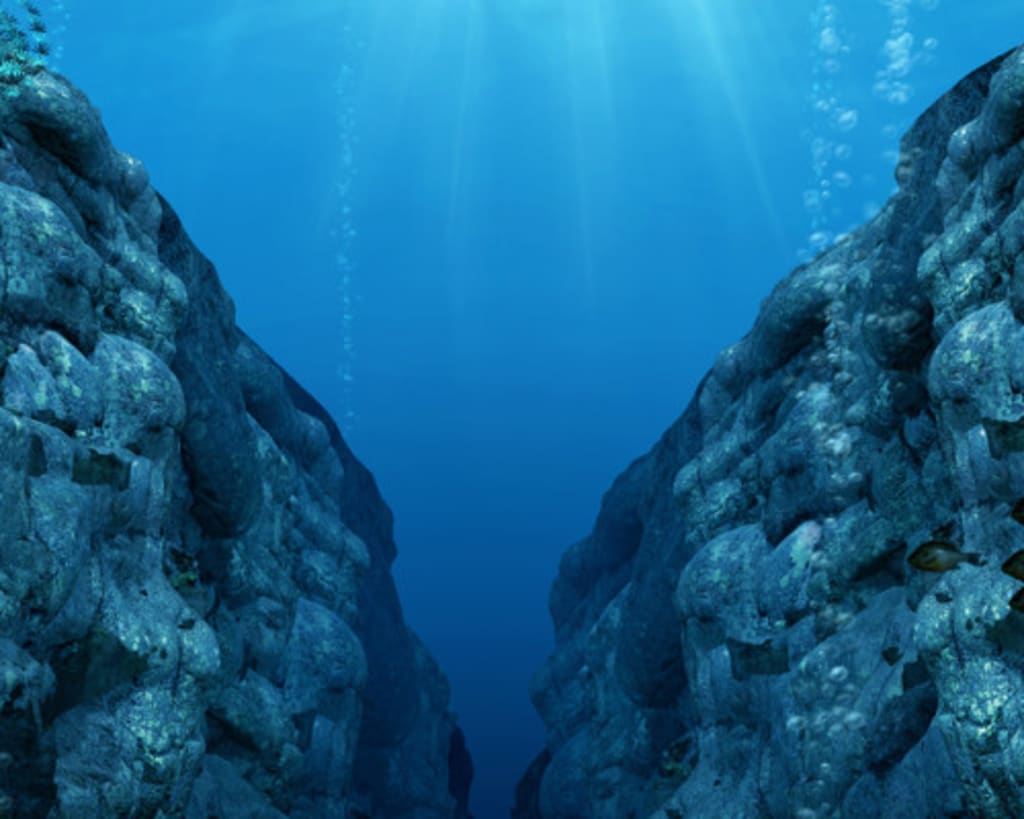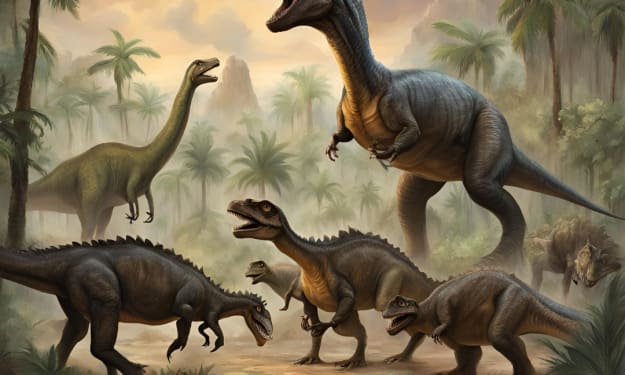
Located in the western Pacific Ocean, in the deepest part of the world's oceans, reaching an astonishing depth of approximately 36,070 feet (10,994 meters), lies the Mariana Trench, named after the nearby Mariana Islands.
Exploring the depths of the Mariana Trench has always been a monumental challenge for scientists and researchers. The crushing pressures at such depths, equivalent to about 1,000 times the atmospheric pressure at sea level, make it an extremely hostile environment. The extreme cold, complete darkness, and absence of sunlight further add to the harsh conditions. Nevertheless, human curiosity and the thirst for knowledge have driven numerous expeditions to uncover the secrets hidden there.
The first successful expedition to reach the bottom of the Mariana Trench took place in 1960. Swiss scientist Jacques Piccard and U.S. Navy Lieutenant Don Walsh descended in the bathyscaphe Trieste, a deep-sea vessel specially designed to withstand the immense pressure. Their journey to the Challenger Deep, the lowest point in the trench, lasted about five hours. Since then, there have been subsequent manned and unmanned missions, including James Cameron's solo dive in 2012, which added to our understanding of this enigmatic realm.
The Mariana Trench also serves as a living laboratory for studying the Earth's geology and understanding the processes that shape our planet. By examining the rocks and sediment found in the trench, scientists gain insights into plate tectonics, seismic activity, and the formation of geological features. It provides valuable data for furthering our understanding of how the Earth's surface is constantly changing and evolving.
The Mariana Trench holds immense potential for unlocking valuable resources. The seafloor of the trench is rich in mineral deposits, including manganese nodules and rare-earth elements. These resources could play a crucial role in the future, particularly in industries such as technology and renewable energy. However, any potential exploitation of these resources must be done responsibly, taking into account the delicate and unique ecosystem that exists in this fragile environment.
The discoveries made during these explorations have been nothing short of extraordinary. One of the most surprising findings is the presence of life in the extreme depths of the trench. Despite the inhospitable conditions, scientists have discovered a diverse array of organisms adapted to survive in this harsh environment.
One of the most notable discoveries is the presence of amphipods, small shrimp-like crustaceans that inhabit the depths of the Mariana Trench. These amphipods have adapted to survive under extreme pressure by having flexible bodies that can withstand the crushing forces. They also possess specialized physiological adaptations, such as translucent bodies, reduced pigment, and long appendages, which aid in navigating the darkness and low-light conditions.
Another intriguing inhabitant of the Mariana Trench is the snailfish. These fish are uniquely adapted to survive in the extreme depths, where food is scarce. They have elongated bodies and lack scales, which allows them to withstand pressure and move more efficiently. Snailfish are opportunistic predators, feeding on small crustaceans and other organisms that fall to the seafloor.
Bacteria and microorganisms also play a vital role in the ecosystem of the Mariana Trench. These microscopic organisms are adapted to survive in the absence of sunlight and rely on the nutrients released from hydrothermal vents. These vents, also known as black smokers, are volcanic hot springs on the seafloor that spew out mineral-rich, superheated water. These unique ecosystems support a diverse array of chemosynthetic bacteria, which convert the chemical energy from the vent fluids into organic matter, forming the base of the food chain in this extreme environment.
The Mariana Trench also hosts a variety of other organisms, including jellyfish, cusk eels, and deep-sea cucumbers. Each of these species has adapted in its own unique way to survive in the deep-sea environment. Many of them have evolved to have large eyes to capture any available light, elongated bodies to conserve energy and move efficiently, and specialized feeding mechanisms to exploit scarce food resources.
While some argue that Megalodons could still survive in the depths of the Mariana Trench or even somehow, below it, there are no large predators that thrive there due to its unique environment.
About the Creator
Enjoyed the story? Support the Creator.
Subscribe for free to receive all their stories in your feed. You could also pledge your support or give them a one-off tip, letting them know you appreciate their work.





Comments
Kat Tamayo is not accepting comments at the moment
Want to show your support? Send them a one-off tip.